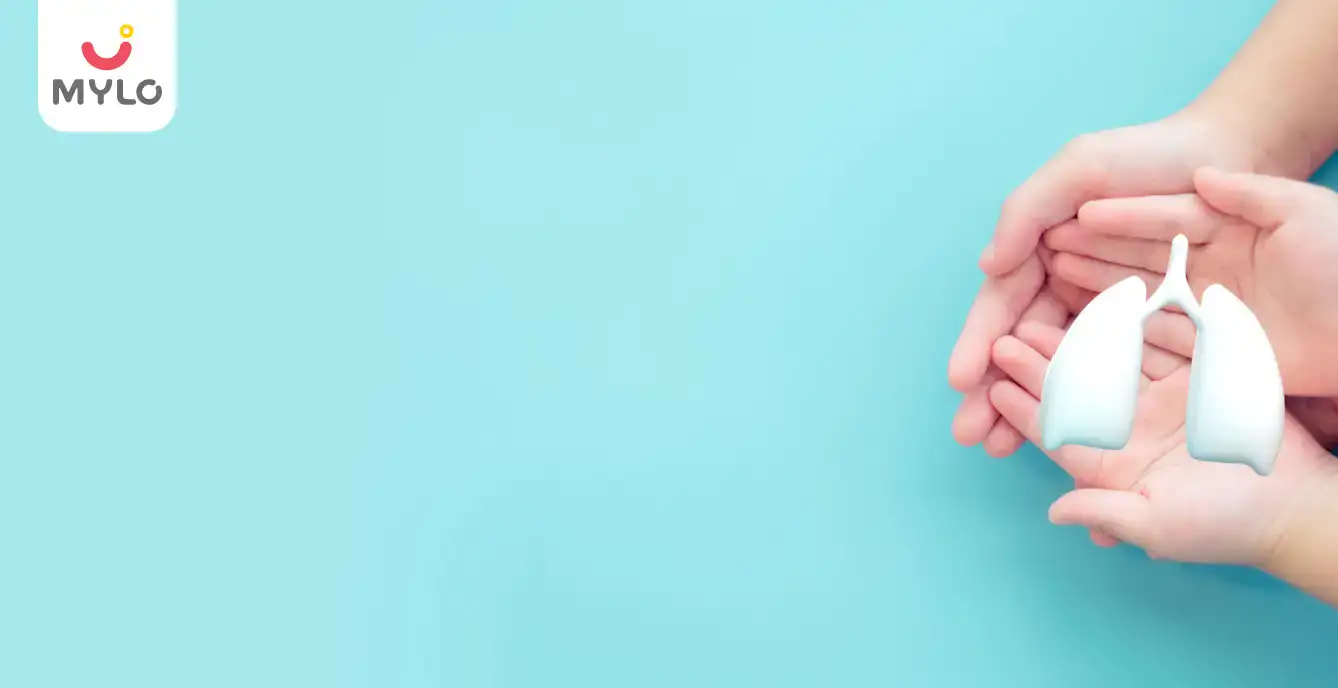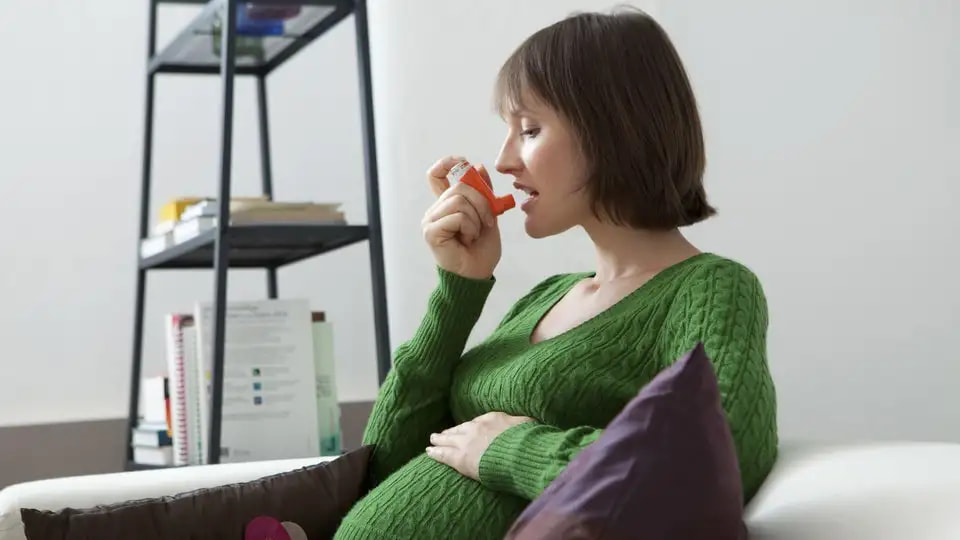Home

Illnesses & Infections

Bronchiolitis: Causes, Symptoms & Treatment
In this Article
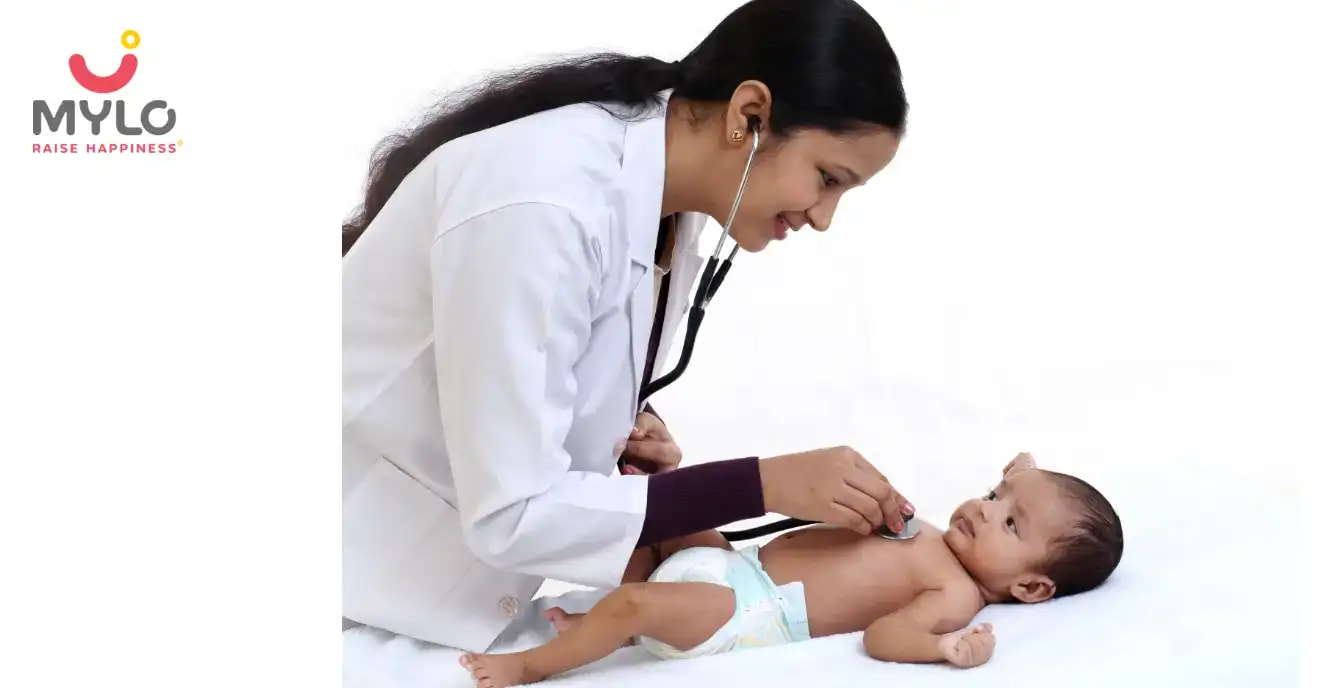
Illnesses & Infections
Bronchiolitis: Causes, Symptoms & Treatment
Updated on 18 April 2023
Bronchiolitis is a common lung infection in babies, toddlers and older children. It usually peaks around the winter and is mostly caused by a virus. Bronchiolitis usually starts with a cold, which progresses to coughing and wheezing and can even cause difficulty breathing. But don’t worry, most children get better at home and rarely require hospitalisation. In this article, we will discuss bronchiolitis meaning, its causes, symptoms and treatment.
What is bronchiolitis?
Bronchiolitis is a lower respiratory tract infection where the small breathing tubes in the lungs called the bronchioles get infected. These bronchioles get swollen and clogged with mucus, blocking airflow and making it hard for the baby to breathe.
What causes bronchiolitis?
The leading causes of Bronchiolitis are:
-
Influenza
-
Adenovirus
-
Rhinovirus
-
Respiratory syncytial virus
-
Herpes Simplex virus
-
Human bocavirus
-
Fungal infection
-
Chronic aspiration
What are the symptoms of bronchiolitis?
Some common symptoms of Bronchiolitis are:
-
Mild fever
-
A runny or stuffy nose
-
Wheezing sound while coughing
-
Tiredness
-
Sometimes, severe respiratory issues like difficulty in breathing, loss of appetite, flaring of nostrils, and sleep loss can also occur.
-
Increased heartbeat
-
Your baby getting irritated and fussy.
How can you distinguish between bronchiolitis & other illnesses that present with similar symptoms?
Bronchiolitis sounds similar to another lung condition called bronchitis. They not only sound similar but are also caused by a virus and affect the airways in the lung. However, that’s where the similarities between bronchitis vs bronchiolitis end. Bronchiolitis affects the smaller airways in the lungs known as bronchioles whereas bronchitis affects the larger airways called the bronchi. Additionally, bronchiolitis is usually caused in babies and younger children whereas bronchitis is more common among older children and adults.
How is bronchiolitis diagnosed?
A doctor can usually diagnose bronchiolitis by observing your child and listening to their lungs with a stethoscope. If your child has or is at risk of severe bronchiolitis, they may order some tests such as:
1. Chest X-ray
A chest x-ray can help the doctor to look for signs of pneumonia.
2. Viral Testing
The doctor may collect a mucus sample from your child to test for the bronchiolitis-causing virus. The swab test is usually done through the nose.
3. Blood Tests
Rarely, a doctor may conduct a blood test to check your child’s white blood cell count. A higher white blood cell count is usually the sign of an infection. Additionally, the blood test can also help determine if your child’s oxygen levels have dropped or not.
Treatment and management
If the bronchiolitis is in its preliminary stage, then the following treatment can be followed:
-
Your child needs to rest as much as possible so that your baby's bronchial tubes can heal.
-
Increased intake of fluids, about 8-10 glasses of water a day to help in thinning the mucus.
-
Due to poor immunity, your baby’s body may develop other pneumonic illnesses as well. To combat this, your doctor may prescribe antibiotics to deal with the infection.
-
A decongestant can be introduced because it cleanses mucus from inflamed airways, making breathing easier for your child.
-
You can also try saline drops to ease your baby's congestion.
-
You can make your baby comfortable by keeping your baby in an upright position.
-
Avoid any kind of smoke around your baby.
Home cures
Here are a few home remedies that can help you get rid of bronchiolitis:
1. Cool-mist Humidifier
To get rid of dust particles, it is best to take the help of a humidifier which will make the air dust-free for your child to breathe.
2. Vitamin C
Ensure that you make your baby eat Vitamin C-rich foods such as lemons and cranberries. Vitamin C-rich foods help in building immunity, thereby helping your child fight effectively against pathogens.
3. Honey
Honey can work wonders for your baby because of the anti-bacterial properties that it possesses.
4. Epsom Salt
While bathing your baby, put some Epsom salt in the water. This will help in clearing the clog in bronchial tubes. Also, put some Epsom salt in the steam water when you're giving your baby steam. This will assist in removing the congestion.
5. Turmeric
Giving your baby Haldi ka doodh can indeed do very well in reducing the coughs and clearing congestion.
Getting ready for your appointment
You’re likely to see a doctor if your child presents symptoms of bronchiolitis to have a proper diagnosis and treatment. Here are some things you can keep in mind before your appointment:
-
Pen down all of the symptoms your child has been experiencing even if they might seem unrelated to you
-
Make a list of key personal information such as any previous lung infection or if your child was born prematurely
-
Note down some of the questions you’d like to ask your doctor
Bronchiolitis can be managed at home and treated. Though it might be painful to see your child suffer from bronchiolitis, it usually lasts for 14-21 days. Try making your child comfortable and well-rested and follow home remedies to help soothe your child.



Written by
Priyanka Verma
Priyanka is an experienced editor & content writer with great attention to detail. Mother to an 11-year-old, she's a ski
Read MoreGet baby's diet chart, and growth tips

Related Articles
Related Questions
Influenza and boostrix injection kisiko laga hai kya 8 month pregnancy me and q lagta hai ye plz reply me

Hai.... My last period was in feb 24. I tested in 40 th day morning 3:30 .. That is faint line .. I conculed mylo thz app also.... And I asked tha dr wait for 3 to 5 days ... Im also waiting ... Then I test today 4:15 test is sooooo faint ... And I feel in ma body no pregnancy symptoms. What can I do .

Baby kicks KB Marta hai Plz tell mi

PCOD kya hota hai

How to detect pcos

RECENTLY PUBLISHED ARTICLES
our most recent articles

Pelvic Pain in Pregnancy: Symptoms & Treatment
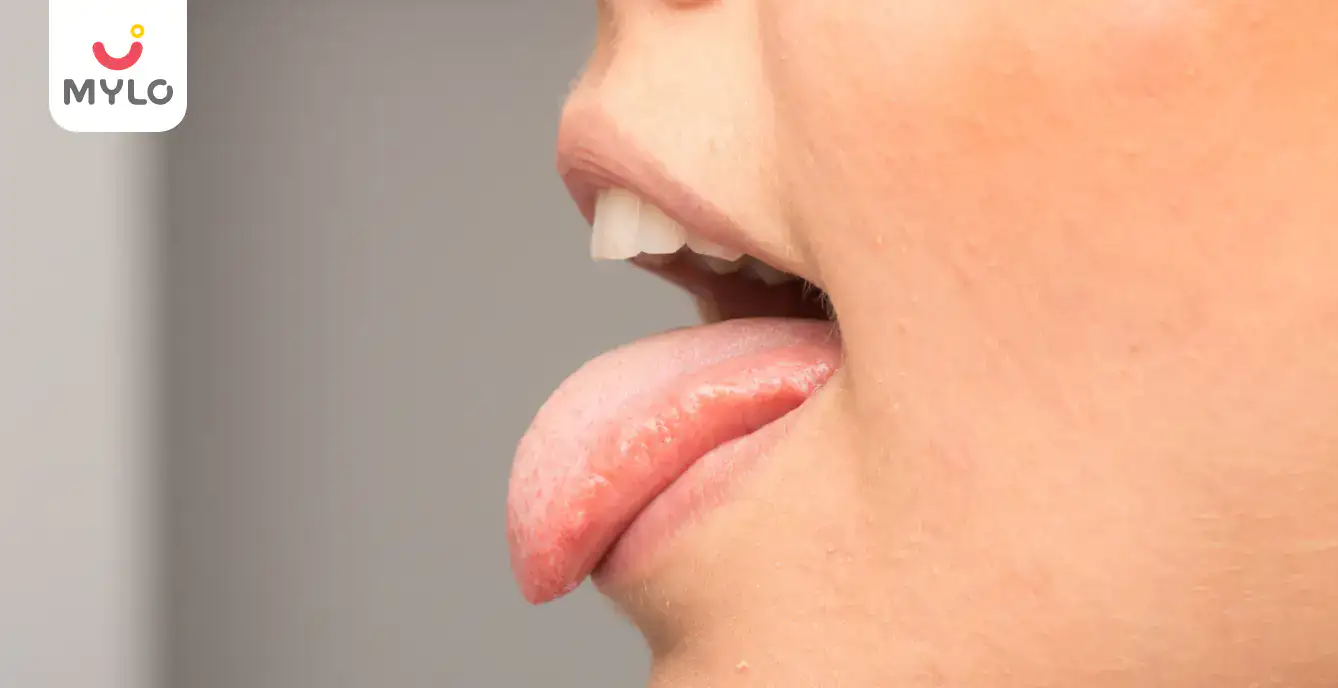
Pregnancy Journey
Saliva During Pregnancy: Causes & Prevention
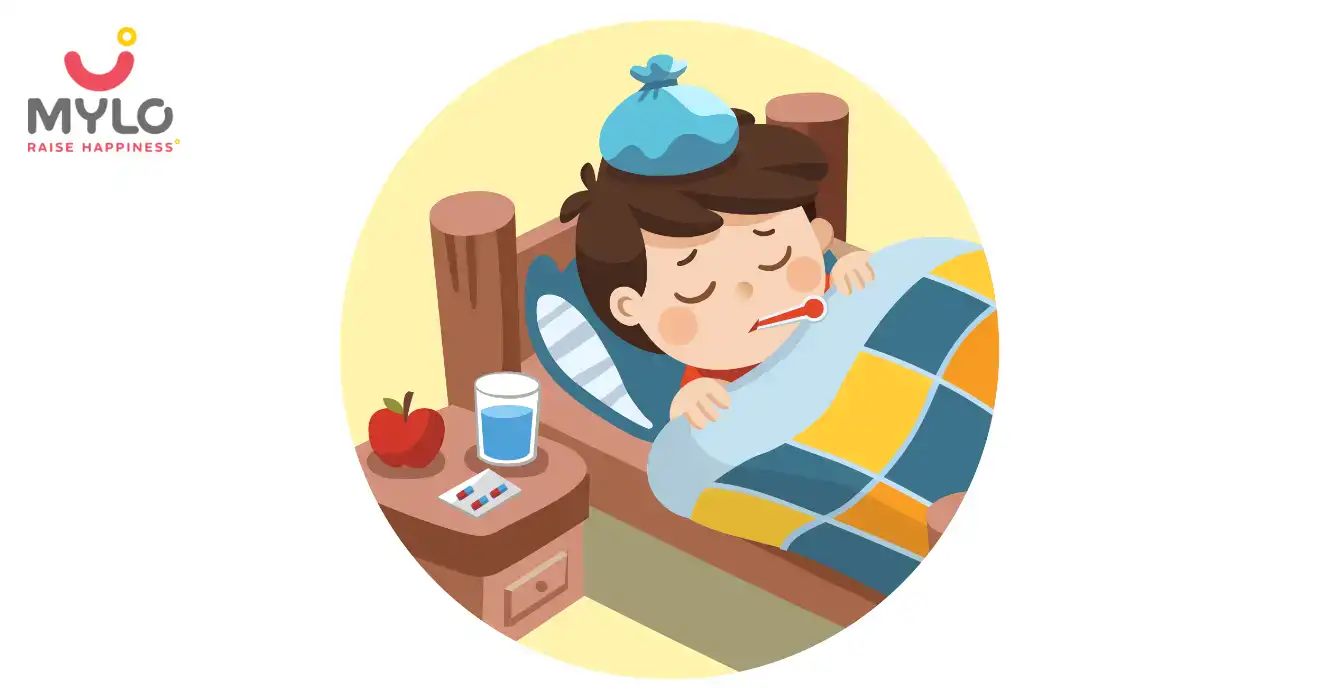
Fever
Effective Ways to Treat Jaundice in Children: Expert Tips for a Speedy Recovery

Fun & Humour
10 Best Original Movies to Watch on Netflix
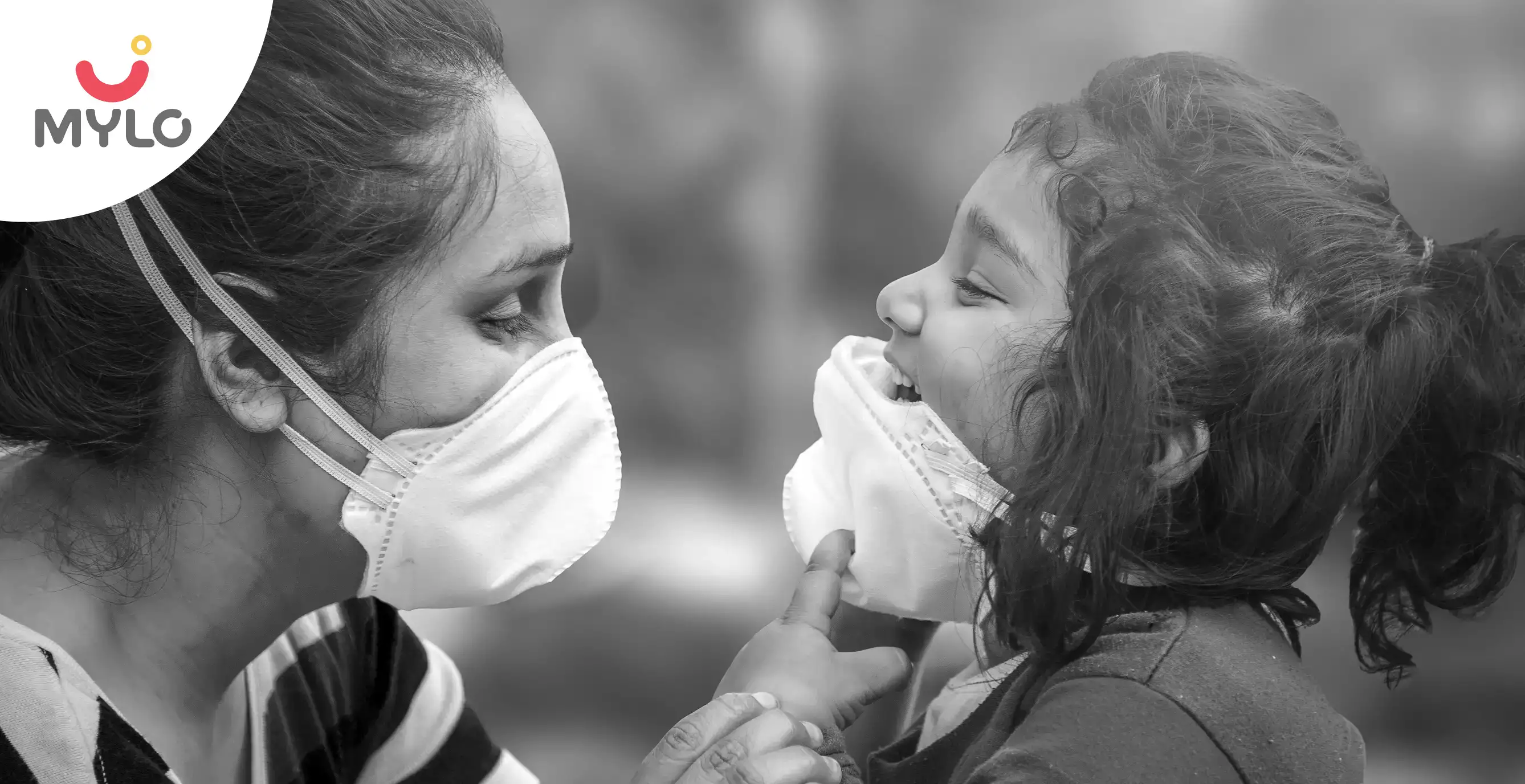
Symptoms & Illnesses
Flu, Change of Season or New Covid Variant, XBB.1.16- What’s Causing These Symptoms?
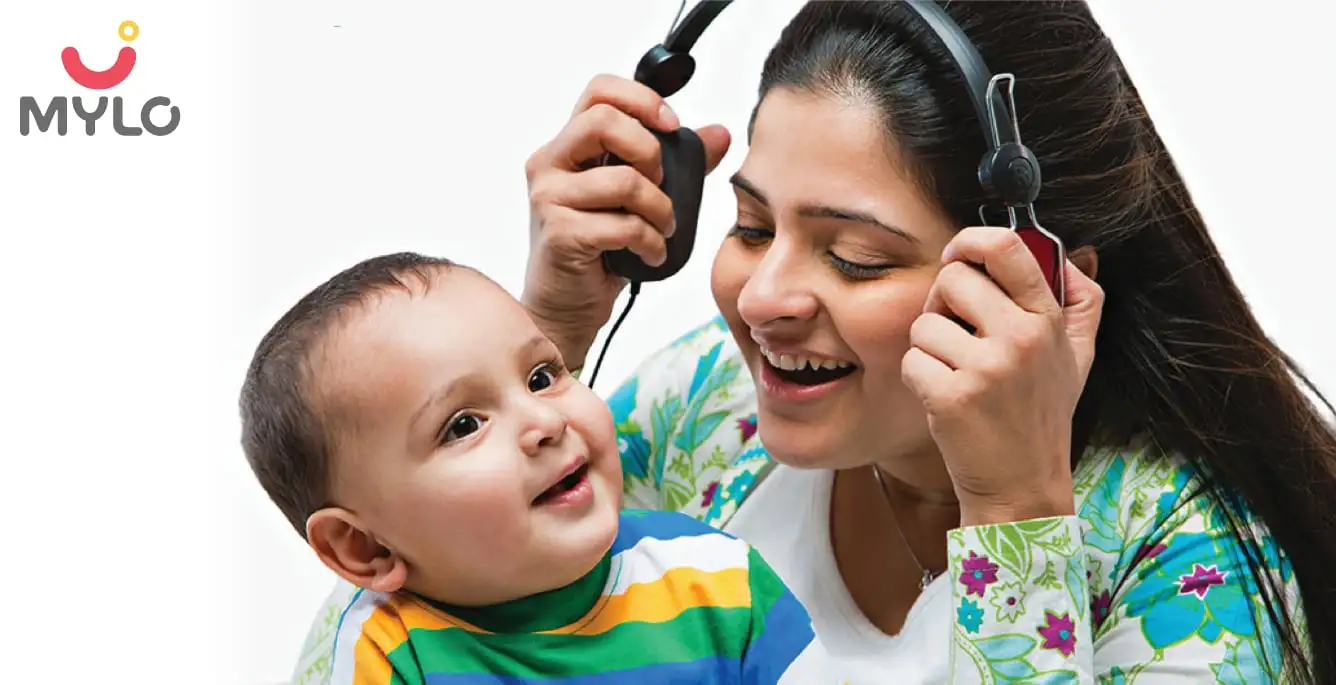
5 Ways In Which Music Can Boost Your Baby's Brain Development
- How to Stop Baby Hiccups: Everything You Need to Know
- “Staying Active and Healthy: The Benefits of Safe Exercise During Pregnancy”
- Appendicitis In Pregnancy Symptoms, Diagnosis & Surgery
- 5 Common Myths Busted About Baby Sleep
- “Ectopic Pregnancy: All You Need to Know About This Complication”
- Importance of Typhoid vaccines
- Benefits of eating nuts
- Can One Induce Labor Naturally?
- Should One Consider Keeping Their Pregnancy A Lowkey News?
- Destination decide
- After delivery pregnancy
- Mylo....
- Meri folecular study hui hai mujhe last 10, 12 din drest halka halka pain ho raha tha but kal band ho gaya kya ye period ka lakshan hai ya fir pregnancy ka
- cute baby


AWARDS AND RECOGNITION

Mylo wins Forbes D2C Disruptor award

Mylo wins The Economic Times Promising Brands 2022
AS SEEN IN
















- Mylo Care: Effective and science-backed personal care and wellness solutions for a joyful you.
- Mylo Baby: Science-backed, gentle and effective personal care & hygiene range for your little one.
- Mylo Community: Trusted and empathetic community of 10mn+ parents and experts.
Product Categories
baby carrier | baby soap | baby wipes | stretch marks cream | baby cream | baby shampoo | baby massage oil | baby hair oil | stretch marks oil | baby body wash | baby powder | baby lotion | diaper rash cream | newborn diapers | teether | baby kajal | baby diapers | cloth diapers |




